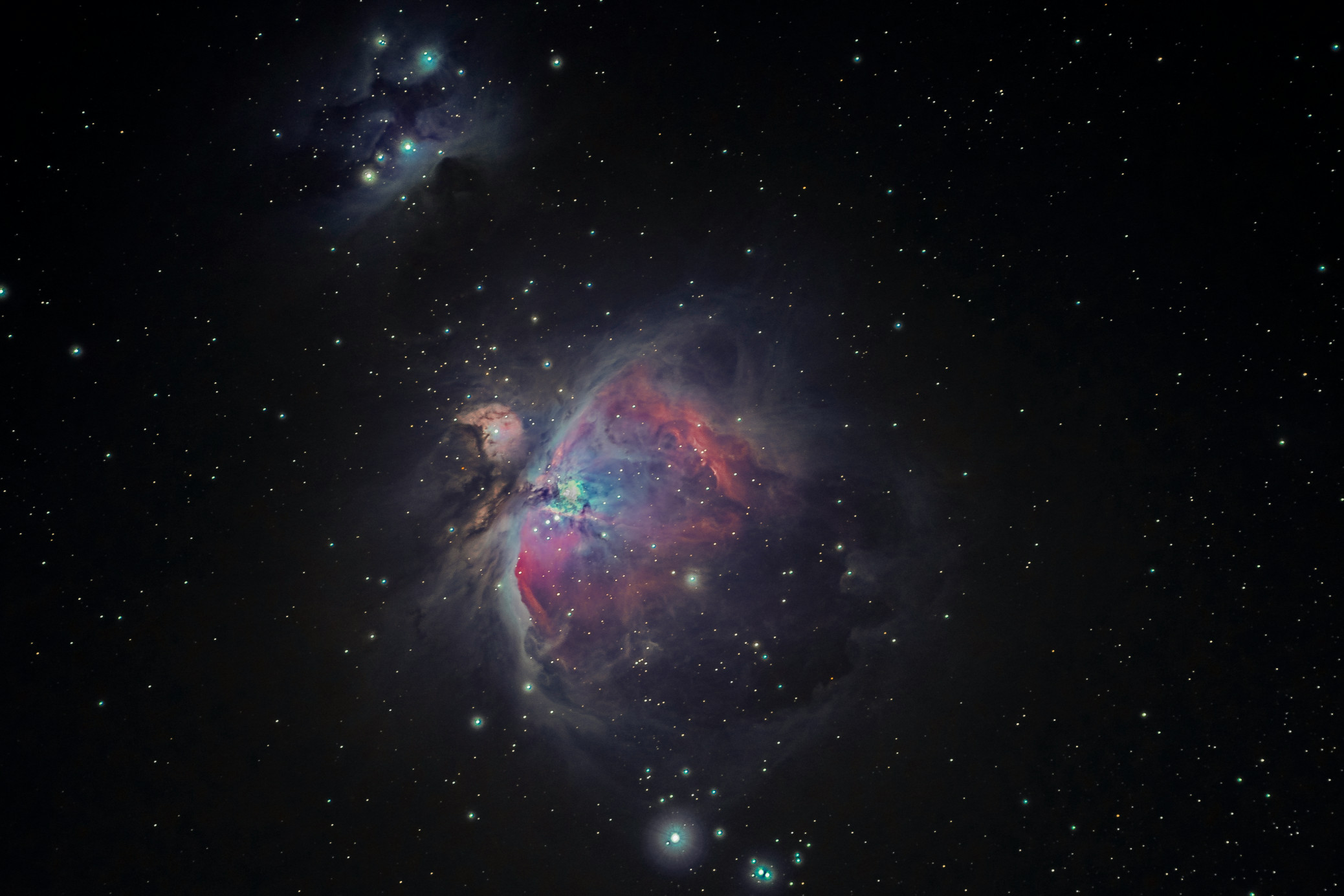Edwin Hubble significantly influenced how galaxies are categorized. According to his classification, galaxies fall into three main types: Spiral, Elliptical, and Irregular. Spiral galaxies, like our Milky Way, have a spiral shape and host both young and old stars. Within this category, there are subdivisions like regular and barred spirals. On the other hand, Elliptical galaxies consist mostly of older stars and are labeled with the letter E, displaying an oval or egg-like shape. Irregular galaxies come in assorted shapes and sizes, lacking specific subdivisions, often with numerous young, bright stars and chaotic structures.
Over time, galaxies change in appearance due to galactic evolution—interactions and collisions between them can transform one type of galaxy into another. However, determining the total number of galaxies has been a challenge. Despite the Hubble Space Telescope's revelations in 1995, showing hundreds of galaxies in the deep analysis of the Hubble Deep Field, estimating the actual count within the observable universe remains difficult. Roughly 90% of galaxies are too faint or distant to be observed with current technology.
A galaxy can be defined as a collection of stars bound together by gravity. The NGC 3982 serves as an example of a spiral galaxy, located about 68 million light-years away from Earth. The Hubble Space Telescope has been instrumental in capturing images of distant galaxies, contributing significantly to our understanding and classification of galaxies.
The Milky Way Galaxy, where our solar system resides, holds between 100 to 400 billion stars and is estimated to be around 13.2 billion years old. It spins continuously, giving it a spiral shape, housing a supermassive black hole at its core. Despite its vast size—100,000 light-years wide and 1,000 light-years thick—it's considered average compared to the multitude of immense galaxies spread throughout the universe, many of which remain far beyond our reach.


Login to join the discussion